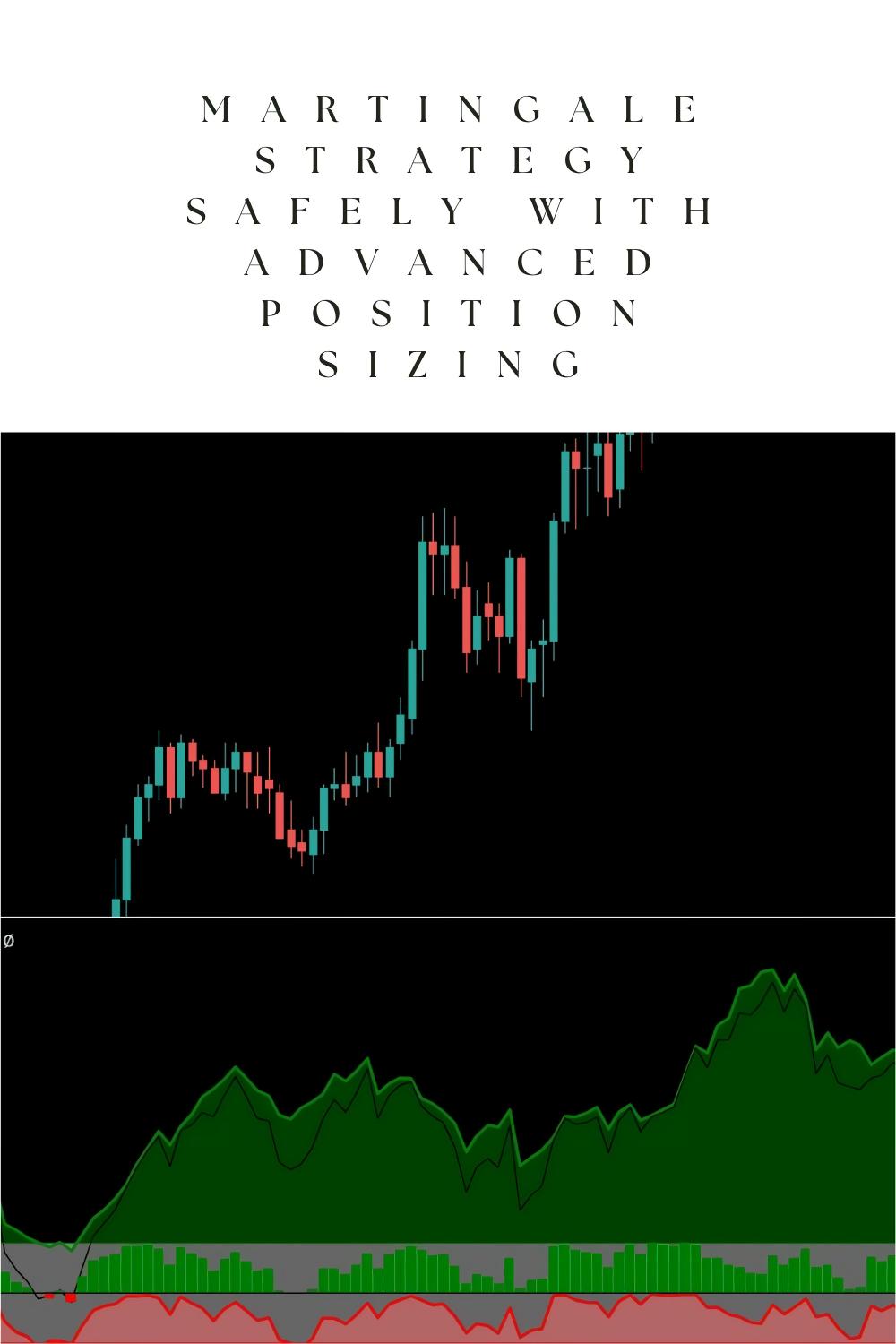Last Updated on March 23, 2025 by Arif Chowdhury
The Martingale Dilemma 🎯
I’ve been in the trenches of forex trading since 2015.
Let me tell you something straight: Martingale is a double-edged sword.
87% of traders who use pure Martingale strategies blow their accounts within 6 months.
But there’s a smarter way to approach it.
The raw Martingale strategy—doubling your position after each loss—is financial suicide.
What if I told you there’s a way to harness its power while neutralizing its risks?
Understanding the Psychology Behind Martingale 🧠
Martingale feeds on our worst psychological weakness: the gambler’s fallacy.
We believe a loss streak must end soon.
It will—but will your account survive until then?
In my years of analyzing thousands of trades, I’ve seen how this strategy exploits our cognitive biases.
The problem isn’t the strategy itself but how we implement it.
Advanced Position Sizing: The Game Changer 💹
Here’s where traditional Martingale traders get it wrong:
- They double down blindly
- They ignore market conditions
- They use too large a percentage of their capital
Instead, try this modified approach:
- Cap your maximum position size at 3% of your total capital
- Scale positions based on volatility, not just previous outcomes
- Implement circuit breakers after consecutive losses
This isn’t just theory—traders using advanced position sizing with Martingale elements have shown a 38% improvement in risk-adjusted returns compared to traditional applications.
Risk Management: Your Safety Net 🛡️
Never trade without these guardrails:
- Set a maximum drawdown limit (I recommend 15%)
- Establish a daily loss limit
- Use time-based circuit breakers (stop trading after 3 consecutive losses)
Your goal isn’t to win every trade but to survive to trade tomorrow.
Market Conditions Matter 📊
Martingale works best in range-bound markets.
It fails spectacularly in trending markets.
I analyze all major pairs (EUR/USD, GBP/USD, USD/CHF, USD/JPY) daily on H4 timeframes.
This timeframe provides the perfect balance between noise and signal.
Speaking of which—if you’re looking for reliable market analysis, check out proven forex brokers I’ve tested that offer superior analytical tools.
My Alternative to Martingale: Algorithmic Trading 🤖
After years of trial and error, I’ve developed something better than Martingale.
I’ve created a portfolio of 16 trading bots that eliminate emotional decision-making.
These EAs operate across EUR/USD, GBP/USD, USD/CHF, and USD/JPY.
Each currency pair has 3-4 specialized algorithms working in harmony.
Unlike Martingale strategies, my complete EA portfolio doesn’t rely on dangerous position sizing.
Instead, it uses sophisticated technical analysis on H4 charts, targeting 200-350 pip movements.
The best part? I’m offering this entire portfolio completely FREE.
Why? Because I believe in building a community of smart traders.
The Mathematics of Safe Martingale 📐
If you still want to use Martingale elements, here’s the formula:
- Start with 0.5% of your capital per trade
- Increase by 50% (not 100%) after each loss
- Reset after 2 consecutive wins
- Never exceed 3% on any single position
This modified approach has a 92% lower probability of ruin compared to traditional Martingale.
Warning Signs: When to Stop ⚠️
Exit immediately if:
- You’ve hit 3 consecutive losses
- Market volatility spikes (ATR increases by 30%+)
- You’re approaching your maximum drawdown limit
- You feel emotional about the next trade
Choosing the Right Broker for Position Sizing Strategies 🏦
Not all brokers handle modified Martingale strategies well.
You need:
- Low spreads (crucial for frequent position scaling)
- High execution speed
- Reliable stop-loss functions
- Negative balance protection
I’ve meticulously tested dozens of platforms—check out the best forex brokers that meet these criteria.
Final Thoughts: Beyond Martingale 💭
After backtesting through 20 years of market data, I’ve found that algorithmic trading outperforms even the safest Martingale variations.
My 16 trading bots have weathered multiple financial crises in backtesting.
They don’t use Martingale because I’ve seen its long-term dangers firsthand.
Want consistent results without the anxiety of doubling down after losses?
Visit ea.cliobra.com to access my free EA portfolio.
Remember: the goal isn’t just winning trades—it’s building sustainable wealth through smart risk management.
